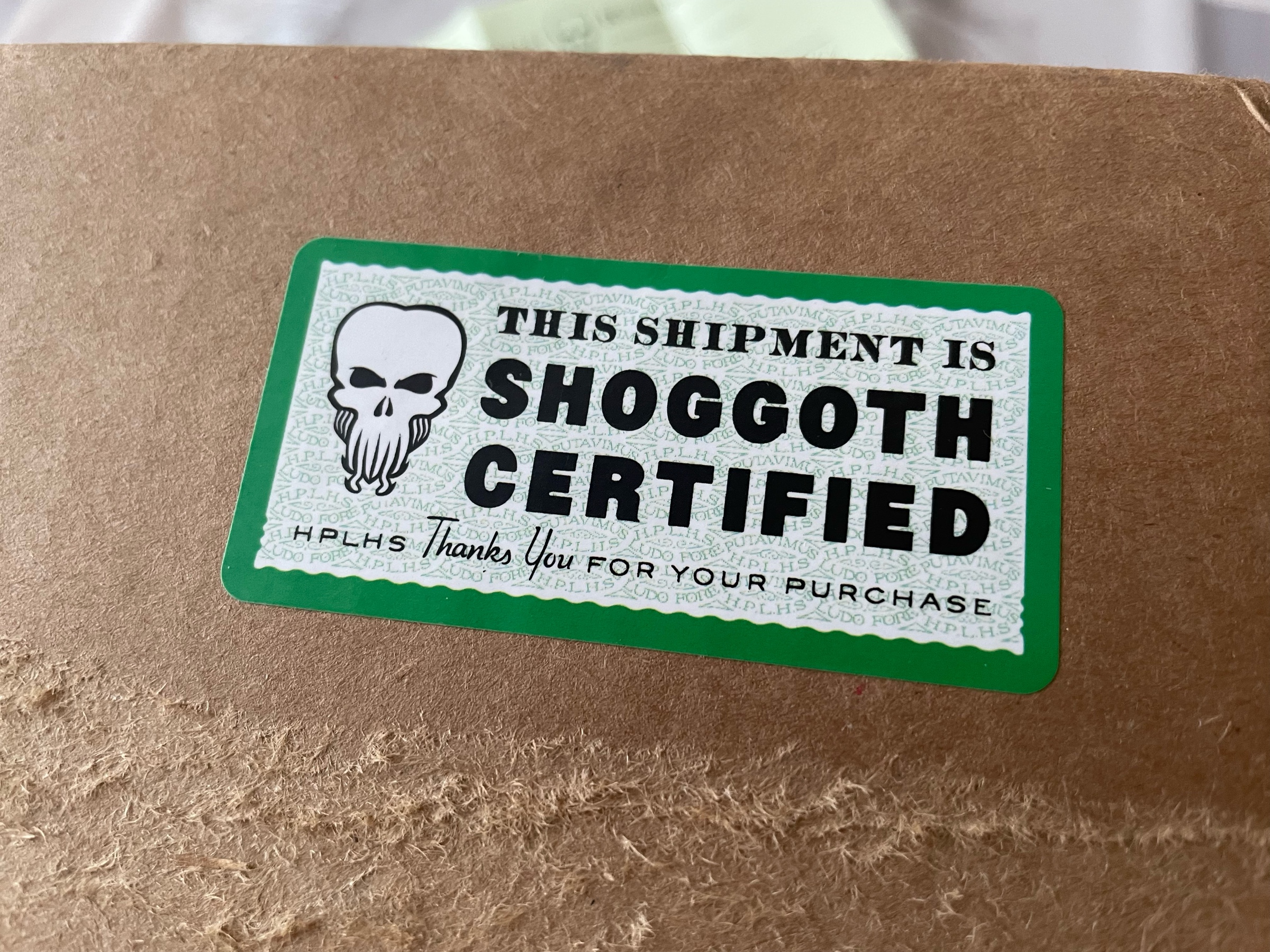My new RuneQuest adventure, “Bog Struggles”, is out on the Jonstown Compendium! Help some newtlings fight off a horrible threat and join a water cult! http://tiny.cc/bog-struggles

My new RuneQuest adventure, “Bog Struggles”, is out on the Jonstown Compendium! Help some newtlings fight off a horrible threat and join a water cult! http://tiny.cc/bog-struggles

This month’s chocolate subscription delivery! It’s a Marou month!

The adventures box for Mausritter looks awesome — a whole bunch of great looking pamphlet sized locales, some special gear, and some extra maps and stuff!




Other pics from yesterday’s show… it was nice to play live again
(I’m on the bass on the right)


Stage time!


Yesterday we visited the Britannia copper mine museum and it was pretty cool! The kids panned for gold and found a little bit…




Got my copy of Tales of Xadia a couple weeks ago. Looks great, with lots of good stuff on the setting, great layout, good art. I’m just worried the mechanics are too crunchy for newbie kids…




I found a fluffy type of flatfish in the river this morning

You know there’s going to be something good inside when this sticker is on the package

Tonight’s dog walk around the lake

